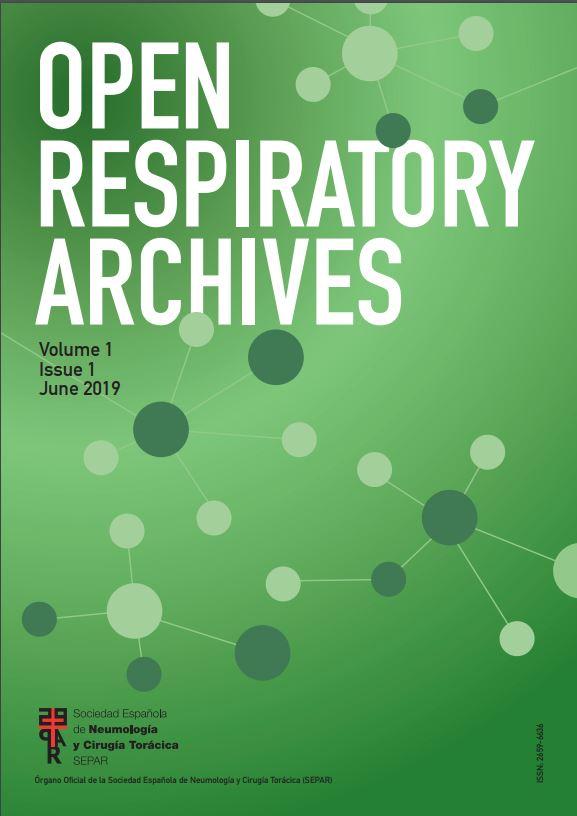Multiple myeloma (MM), a plasma cell neoplasm, constitutes 10–15% of hematologic malignancies. Malignant myelomatous pleural effusions (MMPE) are rare, affecting less than 1% of MM cases. We report two unusual cases of MM-associated pleural effusion.1 A 94-year-old woman with hypertension, dyslipidemia, and a history of IgA kappa Bence–Jones MM in remission, presented four years later with dyspnea. She also had moderate-to-severe mitral regurgitation with a mechanical prosthesis and severe pulmonary hypertension. Chest X-ray revealed a left pleural effusion occupying two-thirds of the hemithorax (Fig. 1A). Toracentesis showed exudative fluid (pH 7.22, glucose 79mg/dL, protein 4.04g/dL, LDH 637U/L, neutrophils 29.6%, lymphocytes 20.4%, eosinophils 0.4%, adenosine deaminase 15U/L). Cytology confirmed atypical plasma cell infiltration (CD138, BAP1), consistent with MM. PET-CT revealed pleural involvement and lytic bone lesions (Fig. 1B). Initially, resumption of bortezomib–dexamethasone led to clinical and radiological improvement; however, the patient ultimately succumbed to her underlying disease due to refractory multiple myeloma.
(A) Chest X-ray revealed a left pleural effusion occupying two-thirds of the hemithorax. (B) PET-CT with contrast, axial plane, mediastinal window shows left pleural effusion and pathologic uptake in lung parenchyma and parietal pleura. (C) Chest X-ray revealed a right pleural effusion occupying two-thirds of the hemithorax. (D) PET-CT with contrast, axial plane, mediastinal window shows right pleural effusion.
A second case involved a 75-year-old man with hypertension, paroxysmal atrial fibrillation, and a history of smoking (10 pack-years), under surveillance for IgG kappa MGUS, presented with a massive right pleural effusion (Fig. 1C, D). Thoracentesis revealed exudative fluid (pH 7.24, glucose 62mg/dL, protein 5.61g/dL, LDH 2043U/L, neutrophils 19.4%, lymphocytes 37.6%, eosinophils 1.8%, adenosine deaminase 16U/L). Flow cytometry identified tumor plasma cells expressing CD45 and CD28. Bone marrow biopsy confirmed MM with 30% plasma cell infiltration. Despite induction with daratumumab–bortezomib–melphalan–prednisone, the patient succumbed due to treatment failure. MM is a clonal plasma cell malignancy in the bone marrow, marked by monoclonal immunoglobulin secretion in serum or urine. It is usually diagnosed around age 70, more often in males. While plasma cell proliferation is typically confined to the bone marrow, extramedullary spread occurs in 6–8% at diagnosis and 15–30% during the disease, with poorer prognosis in recurrent cases.
MMPE, a rare complication of extramedullary MM, has an incidence of 6%. In a Spanish study of 840 MM patients with pleural effusion, only 0.6% were malignant, with most due to heart failure from amyloidosis, infections, reactive processes, or paraproteinemic disorders.2 MMPE arises from plasma cell infiltration via the bloodstream, lymph nodes, or adjacent plasmacytomas in ribs or vertebrae. A review by Riveiro et al. found only 26% of MMPE cases were diagnosed with or before MM, with most in recurrent MM.3 MMPEs are typically unilateral, large or massive, and present with pleural nodules or thickening in 45% of cases.4 The pleural fluid is usually hemorrhagic, exudative, and mononuclear-cell predominant.
Diagnosis is confirmed by detecting tumor plasma cells or M component in pleural fluid, or via pleural biopsy. Flow cytometry helps distinguish neoplastic from reactive plasma cells. Despite advances extending MM survival to 4–8 years, extramedullary MM has a median survival under 6 months.
MMPE management includes pleurodesis or tunneled pleural catheter (TPC) for symptomatic relief. Intrapleural chemotherapy via TPC has shown promising results.5 These cases underscore MM's clinical diversity and the need to investigate all pleural effusion causes in MM patients. Early MMPE detection and thorough evaluation are vital to optimize treatment given its poor prognosis and aggressive nature.
Informed consentInformed consent was collected for the publication of this manuscript.
FundingThe authors declare that they have not received any financial support for the preparation of this article.
Authors’ contributionAll authors have contributed to the preparation, review and writing of the article.
Artificial intelligence involvementDuring the preparation of this work, the authors used ChatGPT and Google Translate in order to translate the manuscript. After using this tool/service, the author(s) reviewed and edited the content as necessary and take full responsibility for the content of the publication.
Conflict of interestNone.







